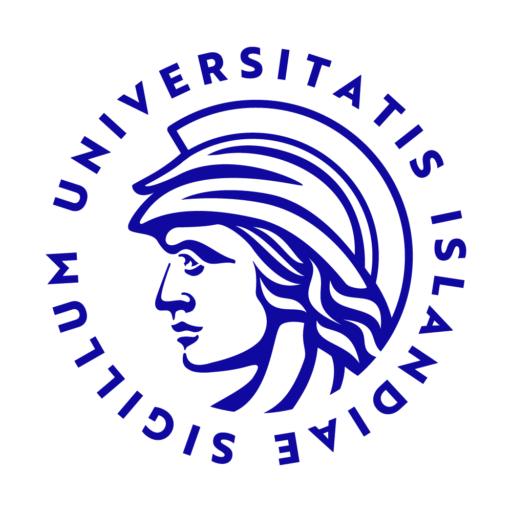Main author: Guðjón Reykdal Óskarsson
Institution or Company: deCODE genetics / Amgen Inc. Reykjavik Iceland
Co-Authors, Institution or Company:
Magnús Karl Magnússon, deCODE genetics / Amgen Inc. Reykjavik Iceland, Faculty of Medicine, School of Health Sciences University of Iceland Reykjavik Iceland. Ásmundur Oddsson, deCODE genetics / Amgen Inc. Reykjavik Iceland. Brynjar Ö. Jensson, deCODE genetics / Amgen Inc. Reykjavik Iceland. Rún Friðriksdóttir, deCODE genetics / Amgen Inc. Reykjavik Iceland. Garðar Sveinbjörnsson, deCODE genetics / Amgen Inc. Reykjavik Iceland. Erna V. Ívarsdóttir, deCODE genetics / Amgen Inc.. Ísleifur Ólafsson, Department of Clinical Biochemistry Landspitali the National University Hospital of Iceland. Páll T. Önundarson, Faculty of Medicine School of Health Sciences University of Iceland, Department of Laboratory Hematology Landspitali the National University Hospital of Iceland. Brynjar Viðarsson, Department of Laboratory Hematology Landspitali the National University Hospital of Iceland, The Laboratory in Mjodd RAM. Ólöf Sigurðardóttir, Department of Clinical Biochemistry Akureyri Hospital. Daníel F. Guðbjartsson, deCODE genetics / Amgen Inc., School of Engineering and Natural Sciences University of Iceland. Ingileif Jónsdóttir, deCODE genetics / Amgen Inc., Faculty of Medicine School of Health Sciences University of Iceland, Department of Immunology Landspitali The National University Hospital of Iceland. Unnur Þorsteinsdóttir, deCODE genetics / Amgen Inc., Faculty of Medicine School of Health Sciences University of Iceland. Patrick Sulem, deCODE genetics / Amgen Inc.. Kári Stefánsson, deCODE genetics / Amgen Inc., Faculty of Medicine School of Health Sciences University of Iceland.
Introduction: Granulocyte nuclear morphology is determined by the nuclear envelope protein composition. Pelger-Huët anomaly (PHA), a benign rare envelopathy, is characterised by a hypo-lobulated granulocyte nucleus. PHA is caused by mutations in LBR, encoding a nuclear envelope protein. In 1977, a 6-generation PHA pedigree in Iceland was described. PHA granulocytes are reminiscent of immature granulocyte band cells. Therefore, we used band neutrophil fraction as a quantitative phenotype to study the genetics of granulocyte nuclear abnormalities.
Methods: We performed a genome-wide association study using band neutrophil fraction from 88,101 Icelanders and genotypic data from same population. We used corrected significance thresholds weighted on variant annotation to estimate significance.
Results: We identified 13 sequence variants at nine loci associated with band neutrophil fraction, thereof five at the LBR locus. The variants at LBR were on the whole spectrum of allele frequencies and effect sizes. At this locus we identified a novel very rare stop-gain variant in LBR, where all carriers were outliers for band neutrophil fraction (1.0 – 2.4 SD). This variant, Arg76Ter, was within a single eight-generation pedigree, the same family as described in the PHA report from 1977. In addition, two variants associated with band neutrophil fraction were in LMNB1 and TOR1AIP1, nuclear envelope proteins interacting with LBR. Variants at three other loci were also associated with other WBC traits.
Conclusions: Using these methods, we shed light on determinant genes of granulocyte nuclear morphology. We were also able to find the causative mutation of PHA in a family in Iceland.

